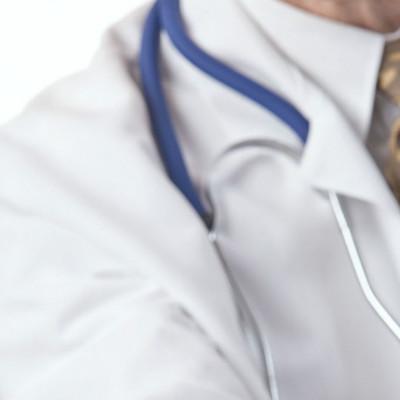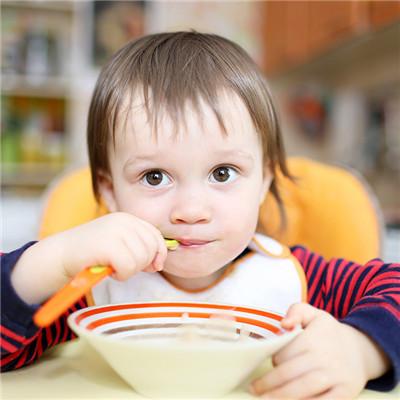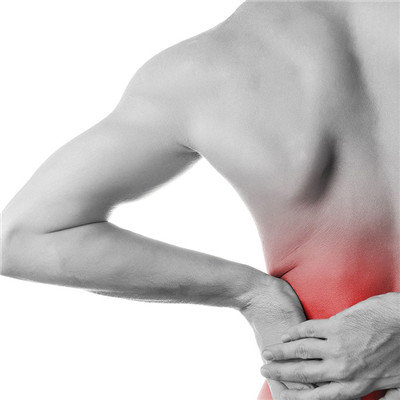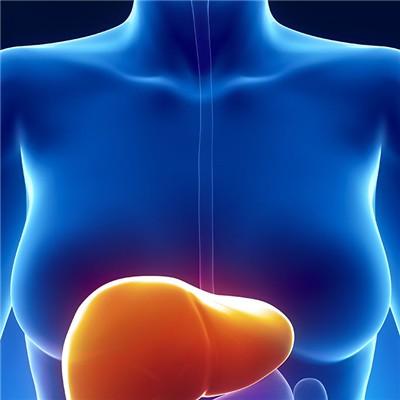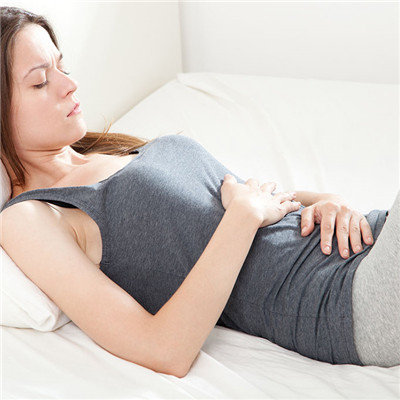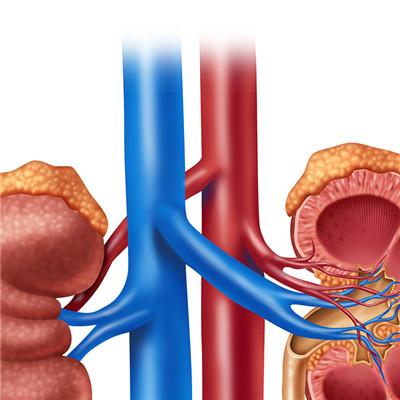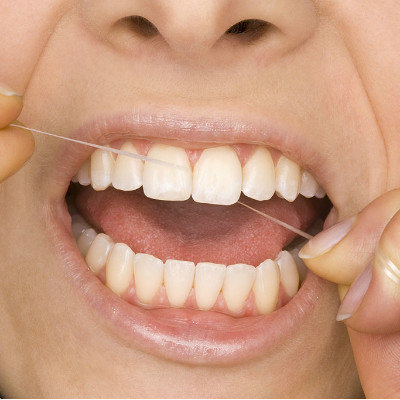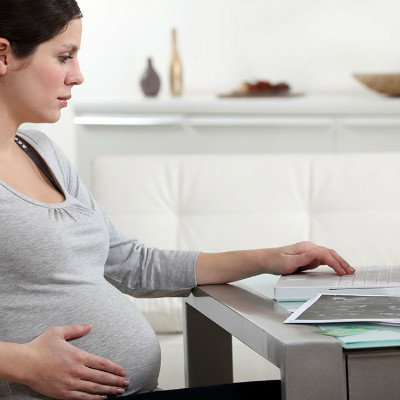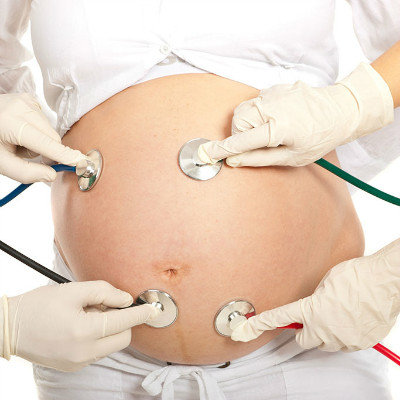Symptoms of hip dislocation in infants?
summary
Congenital dislocation of the hip is a common congenital malformation in infants and young children. The incidence rate is about 3.9 per thousand in infants and young children in China. The disease mainly occurs in the left hip joint of infants and young children, while the incidence of bilateral hip joint at the same time is relatively rare. Moreover, in the sick infants, girls are significantly more than boys, the ratio is about 6:1. Symptoms of hip dislocation in infants? Let's talk about it.
Symptoms of hip dislocation in infants?
① The activity of one lower limb was decreased, and the strength of pedaling was significantly lower than that of the other limb; ② The skin wrinkles on both sides of the thigh were asymmetric, the skin wrinkles on the affected side were more, and the skin texture was deeper than that on the healthy side;
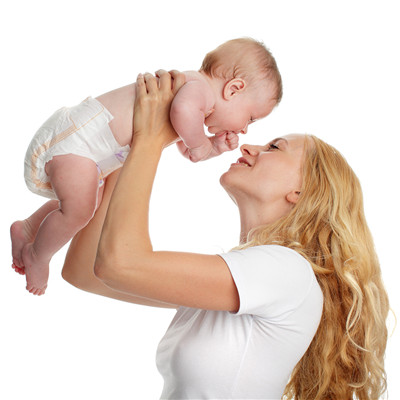
③ When changing diapers or bathing for children, abnormal joint spring sound can be often heard; ④ When the child lies on his back and stretches his lower limbs together, it can be seen that his bilateral lower limbs are unequal in length, and the lower limbs on the affected side are shorter than those on the healthy side;
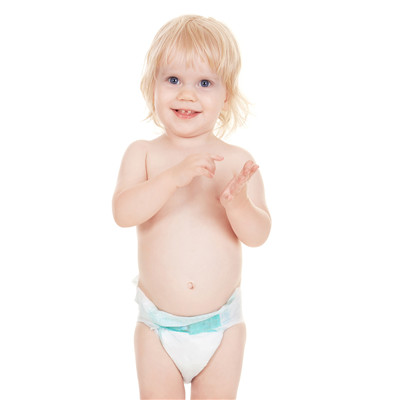
⑤ The affected side of the hip joint may have limited movement, and the affected side of the limb is often in flexion position, unwilling to straighten, weakness. When the parents pull the affected side of the lower limb, the limb can be straightened, but it will immediately return to flexion after release. There are a few children who can cry because of pain when the affected lower limb is pulled; ⑥ The buttocks and perineum of children are wider than those of normal infants. If the children have bilateral dislocation of the hip, the symptoms are more obvious.
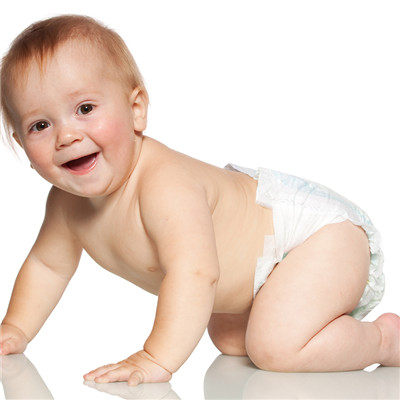
matters needing attention
These symptoms are typical symptoms of congenital dislocation of the hip in infants. If parents can find these abnormal symptoms in the early stage of the disease and take the child to the regular hospital in time, the disease of the child can be treated in time, which is very important for the rehabilitation and recovery of the child.
